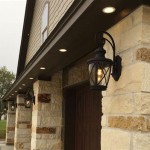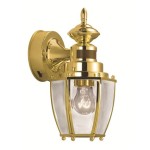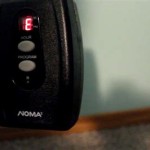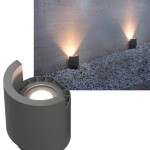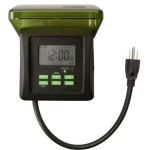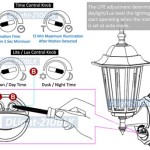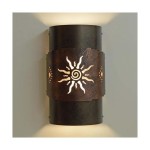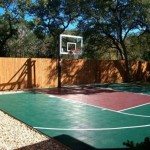Best Color for Outdoor Lights: Illuminating Your Landscape
Outdoor lighting plays a crucial role in enhancing the aesthetics and functionality of any outdoor space. From illuminating pathways to highlighting architectural features, the right lighting can transform your backyard into a captivating haven. However, choosing the appropriate color for your outdoor lights can be a daunting task, as it can significantly impact the ambiance and overall appeal of your property. This article explores the best colors for outdoor lights, considering factors such as atmosphere, safety, and functionality.
Warm White for a Welcoming Glow
Warm white, with a color temperature ranging from 2700K to 3000K, emits a soft, yellowish hue, reminiscent of incandescent bulbs. This color is ideal for creating a warm and inviting atmosphere. Warm white lights are particularly effective in illuminating patios, decks, and walkways, providing a welcoming ambiance for gatherings and relaxing evenings. The soft glow also helps to camouflage imperfections and create a more intimate and cozy setting.
Furthermore, warm white lighting is known to be more flattering on skin tones, enhancing the beauty of outdoor gatherings. It's also considered more restful for the eyes, making it a suitable choice for areas where you want to relax and unwind. While warm white lighting creates a welcoming atmosphere, it's important to note that it may not be the most effective for security purposes, as it tends to create shadows that could conceal potential threats.
Cool White for Enhanced Visibility
Cool white, with a color temperature ranging from 4000K to 4500K, emits a brighter, more bluish hue, similar to daylight. This color is ideal for areas where visibility and safety are paramount. Cool white lights are often preferred for illuminating driveways, parking areas, and security cameras, as they provide a clear and bright light that helps to deter crime and enhance visibility.
Cool white lighting can also be helpful for tasks that require precise vision, such as gardening or working on projects. It can also make outdoor spaces feel more spacious and modern, as it tends to create a more crisp and clean appearance. However, cool white lighting can be harsh on eyes, especially if exposed to it for prolonged periods. It can also make colors appear less vibrant, which may not be ideal for areas where you want to enhance the beauty of plants and landscaping.
Color-Changing Lights for Creative Expression
Color-changing lights, often featuring RGB (red, green, blue) technology, offer a wide range of possibilities for creative expression. This type of lighting can be used to create a dynamic and vibrant atmosphere, transforming your outdoor space into a visual spectacle. You can set different colors for different occasions, such as festive celebrations or relaxing evenings. Color-changing lights can also be synchronized with music, creating a mesmerizing display that enhances the enjoyment of outdoor gatherings.
However, it's important to use color-changing lights responsibly. Overusing them can create a chaotic and distracting environment. Additionally, some colors, such as bright reds or blues, can be jarring and may not be suitable for creating a calming and relaxing atmosphere. Consider using color-changing lights strategically, focusing on areas where you want to create a specific effect or add a touch of vibrancy to an otherwise neutral landscape.
Other Factors to Consider
Besides color temperature, other factors can influence the effectiveness of your outdoor lighting, including light intensity, fixture design, and placement. The type of light fixture you choose can significantly impact the overall appearance and functionality of your outdoor space. Consider using recessed lighting for pathways to avoid tripping hazards, post lights for illuminating specific areas, and string lights for a whimsical and festive effect.
Placement is also crucial for maximizing the benefits of your outdoor lighting. Ensure that the light fixtures are positioned strategically to illuminate the areas you want to highlight, while minimizing glare and light pollution. By considering these factors and carefully selecting the best color for your outdoor lights, you can create a functional, stylish, and inviting outdoor space that you'll enjoy for years to come.

Choose The Best Color Temperature For Your Outdoor Lighting Knowledge Base Super Bright Leds

Best Color Temperature For Outdoor Lighting Enhanced

Best Led Color Temperature For Outdoor Lighting Georgia Lightscapes Blog

What Is Color Temperature Creative Outdoor Lighting

What Is The Best Led Color Temperature For Outdoor Lighting

Best Color Temperature For Outdoor Lighting Enhanced

Color Tones In Outdoor Lights Northwest Lighting

Choose The Best Color Temperature For Your Outdoor Lighting Knowledge Base Super Bright Leds

What Is The Best Led Color Temperature For Outdoor Lighting

3000k Vs 4000k 5000k Best Color Temperature For Outdoor Lighting R C
Related Posts
